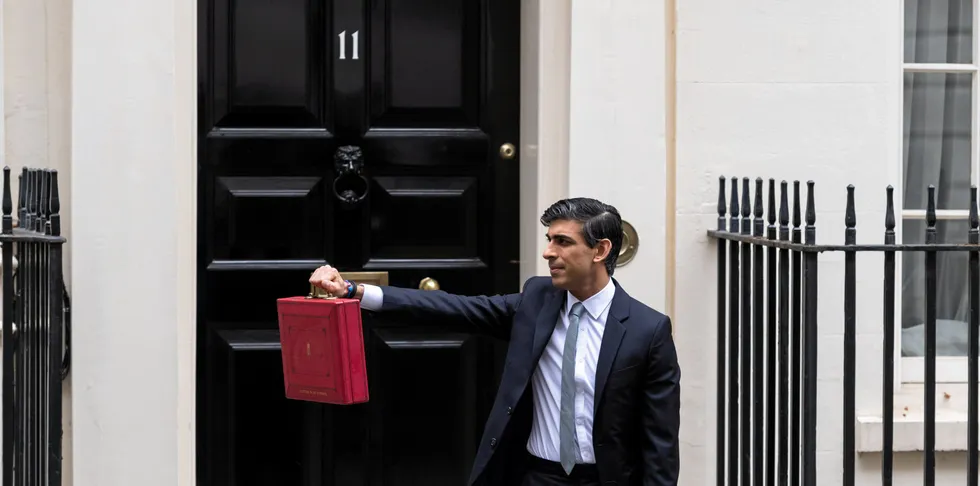'Big-bang moment' for UK offshore wind as government backs port hubs in budget
Funding for Humberside and Teesside, and floating wind technology contest as finance minister Sunak's measures welcomed by sector

Funding for Humberside and Teesside, and floating wind technology contest as finance minister Sunak's measures welcomed by sector
